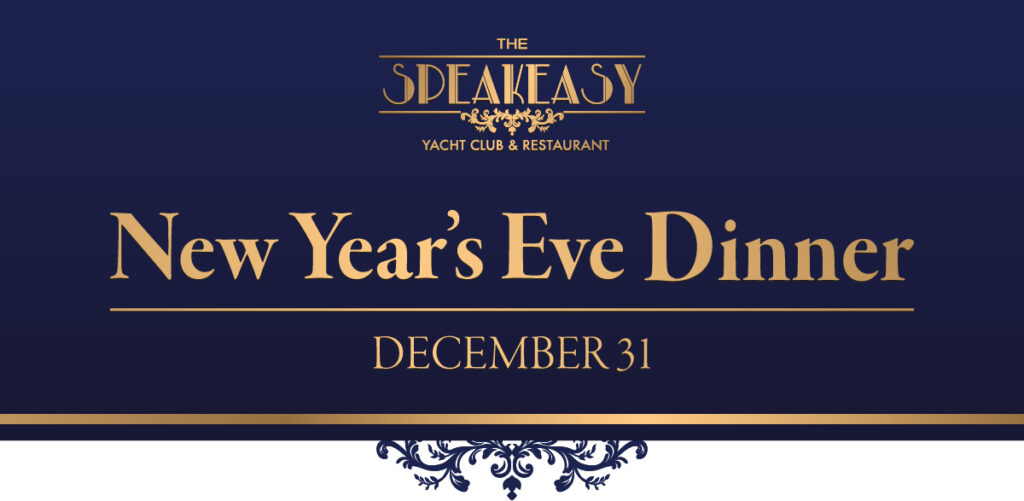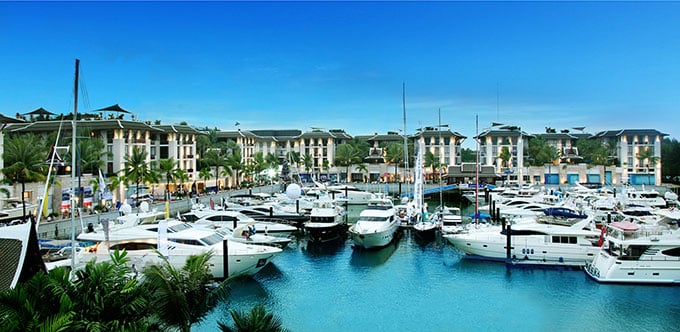Learn about Salsa at Royal Phuket Marina
Salsa dancing originated in New York in the mid-1970s. It evolved from earlier dance forms such as Son, Son Montuno, Cuban Cha cha cha and Cuban Mambo which were popular in Cuba and other parts of Latin America at the time. Salsa, like most music genres has gone through a lot of changes through the years and incorporated elements of Swing dancing and Hustle, as well as elements of Afro-Cuban and Afro-Caribbean dances such as Guaguanco and Pachanga. There are different styles of Salsa, Salsa Romántica is a soft form of salsa music that emerged between the mid-1980s and early 1990s in New York City and Puerto Rico. It has been the most commercially successful form of salsa in the last 20 years, despite criticism that it is a pale imitation of “real” salsa, often called “salsa dura.” The strict lines between salsa romántica and classic salsa have been blurring in recent years.
Popular salsa performers in Puerto Rico have succeeded in blending elements of salsa romántica and more hard-driving, traditional salsa, including La India, Tito Rojas, Eddie Santiago, Anthony Cruz, Gilberto Santa Rosa, and VÃctor Manuelle. Jerry Rivera (another Puertorican salsa singer) was the first salsero to go triple platinum with his record “Cuenta Conmigo” (“Count on Me”) which was all salsa romantica. The latest form of salsa being Timba which is a form that has a stronger percussive content and at times incorporates rap as a way to give the song a different feel and is only popular for the most part in Cuba.
There is some controversy surrounding the origins of the word salsa. Some claim that it was based on a cry shouted by musicians while they were playing their music. Others believe that the term was created by record labels to better market their music, who chose the word “salsa” because of its spicy and hot connotations. Still others believe the term came about because salsa dancing and music is a mixture of different styles, just like salsa or “sauce” in Latin American countries is a mixture of different ingredients.
Whats your style
Salsa’s roots are based on different genres such as Puerto Rican rhythms, Cuban Son, specifically to the beat of Son Montuno in the 1920s. However, as it is a popular music, it is open to improvisation and thus it is continuously evolving. New modern salsa styles are associated and named to the original geographic areas that developed them. There are often devotees of each of these styles outside of their home territory.
Characteristics that may identify a style include: timing, basic steps, foot patterns, body rolls and movements, turns and figures, attitude, dance influences and the way that partners hold each other. The point in a musical bar music where a slightly larger step is taken (the break step) and the direction the step moves can often be used to identify a style.
Incorporating other dance styling techniques into salsa dancing has become very common, for both men and women: shimmies, leg work, arm work, body movement, spins, body isolations, shoulder shimmies, rolls, even hand styling, acrobatics and lifts.
Latin American styles originate from Puerto Rico, Cuba and surrounding Caribbean islands including the Dominican Republic, and then expanding to Venezuela, Colombia, and the rest of Latin America; also heavily influence “Miami” style which is a fusion of Cuban style and North American version. The styles include “Casino”, Miami-Style, Cali-style and Venezuelan Style.
Royal Phuket Marina hosts a Salsa night once a month at The Speakeasy Phuket
No partner required. Just bring yourself, invite your friends and come and shake your Latina thing.
Special’s on drinks all night long, and no need to worry about the rain as you dance inside and Royal Phuket Marina has hundreds of underground car park spaces.
For the next event or to contact our events team please email or visit .













